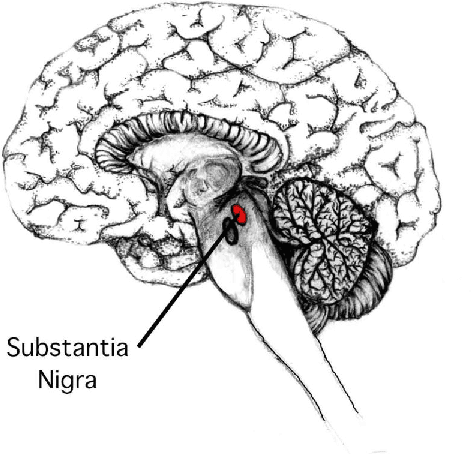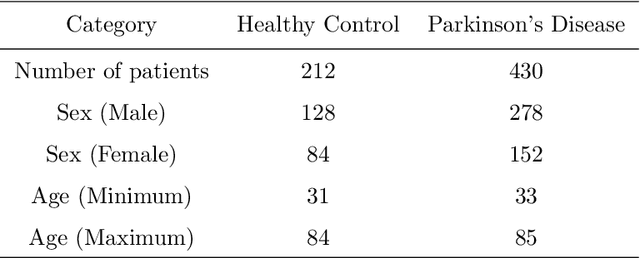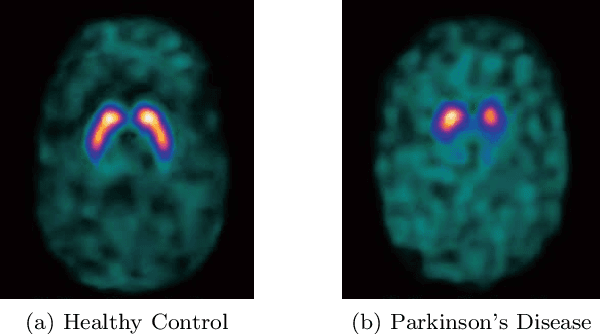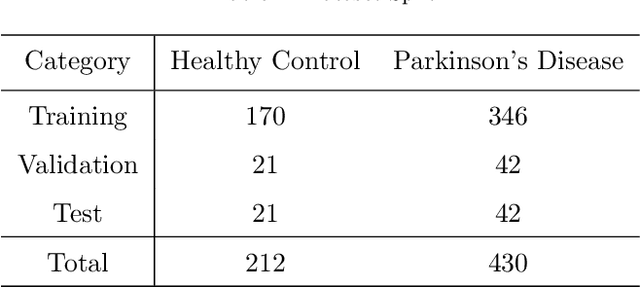An Explainable Machine Learning Model for Early Detection of Parkinson's Disease using LIME on DaTscan Imagery
Paper and Code
Aug 01, 2020



Parkinson's disease (PD) is a degenerative and progressive neurological condition. Early diagnosis can improve treatment for patients and is performed through dopaminergic imaging techniques like the SPECT DaTscan. In this study, we propose a machine learning model that accurately classifies any given DaTscan as having Parkinson's disease or not, in addition to providing a plausible reason for the prediction. This is kind of reasoning is done through the use of visual indicators generated using Local Interpretable Model-Agnostic Explainer (LIME) methods. DaTscans were drawn from the Parkinson's Progression Markers Initiative database and trained on a CNN (VGG16) using transfer learning, yielding an accuracy of 95.2%, a sensitivity of 97.5%, and a specificity of 90.9%. Keeping model interpretability of paramount importance, especially in the healthcare field, this study utilises LIME explanations to distinguish PD from non-PD, using visual superpixels on the DaTscans. It could be concluded that the proposed system, in union with its measured interpretability and accuracy may effectively aid medical workers in the early diagnosis of Parkinson's Disease.
 Add to Chrome
Add to Chrome Add to Firefox
Add to Firefox Add to Edge
Add to Edge